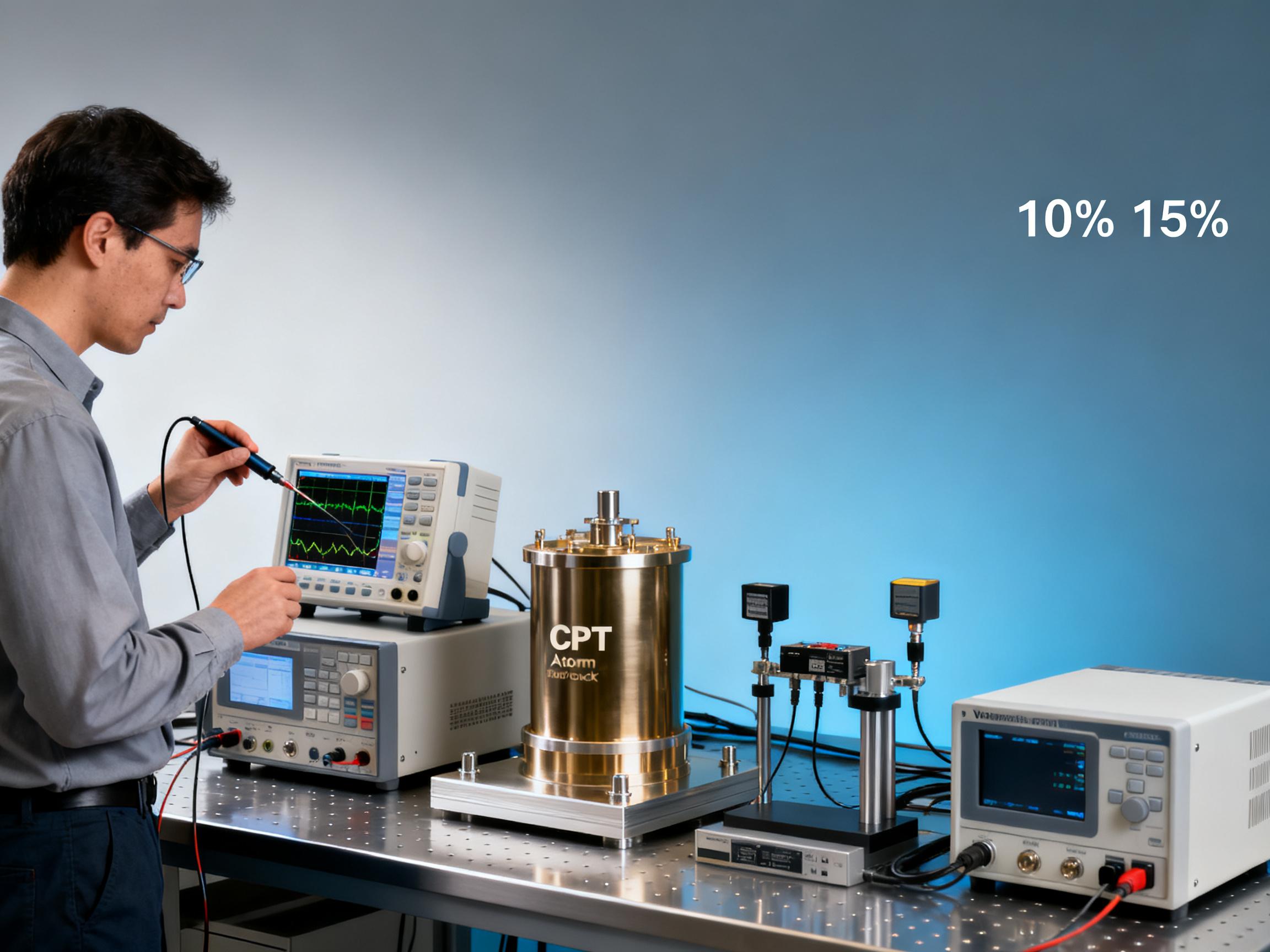RELATED
![How CPT Atomic Clocks Reduce OPEX in 5G Base Stations [Real Data] How CPT Atomic Clocks Reduce OPEX in 5G Base Stations [Real Data]](https://usimg.bjyyb.net/grey.png?x-oss-process=image/resize,m_fixed,w_800,h_600,limit_0) How CPT Atomic Clocks Reduce OPEX in 5G Base Stations [Real Data]2025-12-11
How CPT Atomic Clocks Reduce OPEX in 5G Base Stations [Real Data]2025-12-11 2024 CPT Atomic Clock vs Rubidium: Which Offers Better Stability for Telecom Networks?2025-12-08
2024 CPT Atomic Clock vs Rubidium: Which Offers Better Stability for Telecom Networks?2025-12-08 Live Demo Results: CPT Atomic Clock Performance Under Harsh Environmental Tests (Data Inside)2025-12-05
Live Demo Results: CPT Atomic Clock Performance Under Harsh Environmental Tests (Data Inside)2025-12-05 Budgeting for Precision: Total Cost of Ownership for a Rubidium Atomic Clock Over 5 Years2025-12-03
Budgeting for Precision: Total Cost of Ownership for a Rubidium Atomic Clock Over 5 Years2025-12-03
MESSAGE
The working principle of time synchronization equipment is mainly to receive high-precision time reference signals and pass them to the devices or systems that need to be synchronized to ensure the time consistency within the entire system. The working principles of common time synchronization equipment are mainly based on the following methods:
1. Satellite Timing Principle:
Use the time signals of satellite navigation systems such as the Global Positioning System (GPS) and the Beidou Satellite Navigation System (BDS). The satellites in these satellite systems are equipped with high-precision atomic clocks that can generate extremely accurate time signals. The time synchronization equipment captures satellite signals through satellite receiving antennas and extracts time information from them (usually containing accurate year, month, day, hour, minute, second and other data). Then, the equipment processes and calibrates this time information, converts it into a locally available time reference, and outputs the time signal to other devices through various interfaces (such as network interface, serial port, pulse signal interface, etc.) to achieve time synchronization. For example, in a large communication base station network, each base station is equipped with time synchronization equipment based on satellite timing. These devices receive satellite signals to synchronize the base station clock with the satellite time, thereby ensuring that the communication between base stations can be carried out accurately.
2. Principles of Network Time Protocol (NTP) and Precision Time Protocol (PTP, IEEE 1588):
In network-based time synchronization systems, NTP and PTP protocols play an important role. NTP is a commonly used network time protocol that transmits time information between devices through the network. The time synchronization device acts as an NTP server or client to interact with other devices in the network. The server periodically sends time synchronization packets to the client, and the client adjusts its local clock based on the time information in the received packet. The PTP protocol provides a more accurate time synchronization capability. It adds a timestamp function to network devices (such as switches, routers, etc.), accurately measures the transmission delay of time signals in the network, and compensates for these delays, thereby achieving sub-microsecond or even higher precision time synchronization. For example, in a data center, servers are synchronized through the PTP protocol to ensure the time consistency of data processing and storage.
3. Principles Of Atomic Clocks And Crystal Oscillators:
Some high-precision time synchronization devices have built-in atomic clocks (such as cesium atomic clocks, rubidium atomic clocks, etc.) or high-precision crystal oscillators as local time sources. Atomic clocks generate extremely stable frequency signals based on the energy level transition characteristics of atoms. By counting and processing the frequency signals, high-precision time information can be obtained. Crystal oscillators use the piezoelectric effect of crystals to generate stable oscillation signals, which can also be used as time references after frequency division and calibration. When external time reference signals (such as satellite signals) are unavailable, these built-in time sources can continue to provide accurate time signals to ensure that the time synchronization function of the device is not affected. This is the so-called "timekeeping" function. Once the external time reference returns to normal, the device will automatically calibrate and synchronize the local time with the external time.
4. Principle Of Wireless Communication Signal Synchronization:
In some specific application scenarios, time synchronization devices can also use wireless communication signals (such as mobile communication network signals, wireless LAN signals, etc.) for time synchronization. For example, some IoT devices based on cellular networks can calibrate their own clocks by receiving time synchronization signals sent by base stations. In addition, some wireless communication standards (such as 5G) also include time synchronization mechanisms, which achieve time synchronization between devices by embedding time information in communication signals.
The working principles of time synchronization devices are diverse. Different principles are suitable for different application scenarios and accuracy requirements. Together, they provide accurate and reliable time synchronization services for various devices and systems.
CONTACT US
Please use the form below to get in touch.
If you need a reply we will get in touch as soon as possible.

![How CPT Atomic Clocks Reduce OPEX in 5G Base Stations [Real Data] How CPT Atomic Clocks Reduce OPEX in 5G Base Stations [Real Data]](https://usimg.bjyyb.net/sites/91500/91958/1765179857856560163985903616.jpeg)



